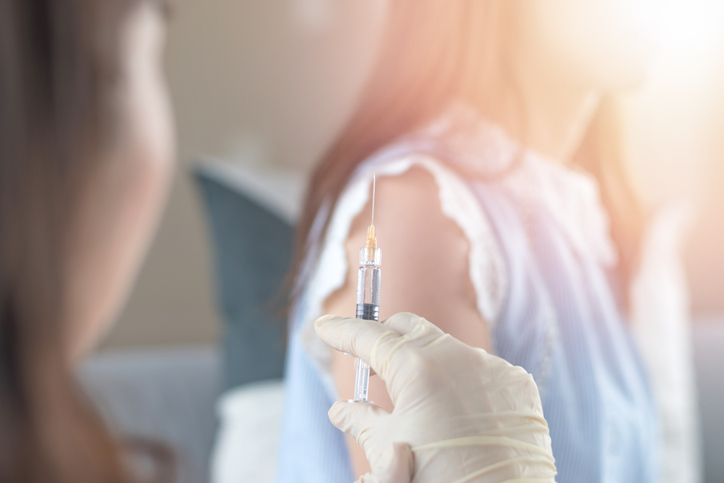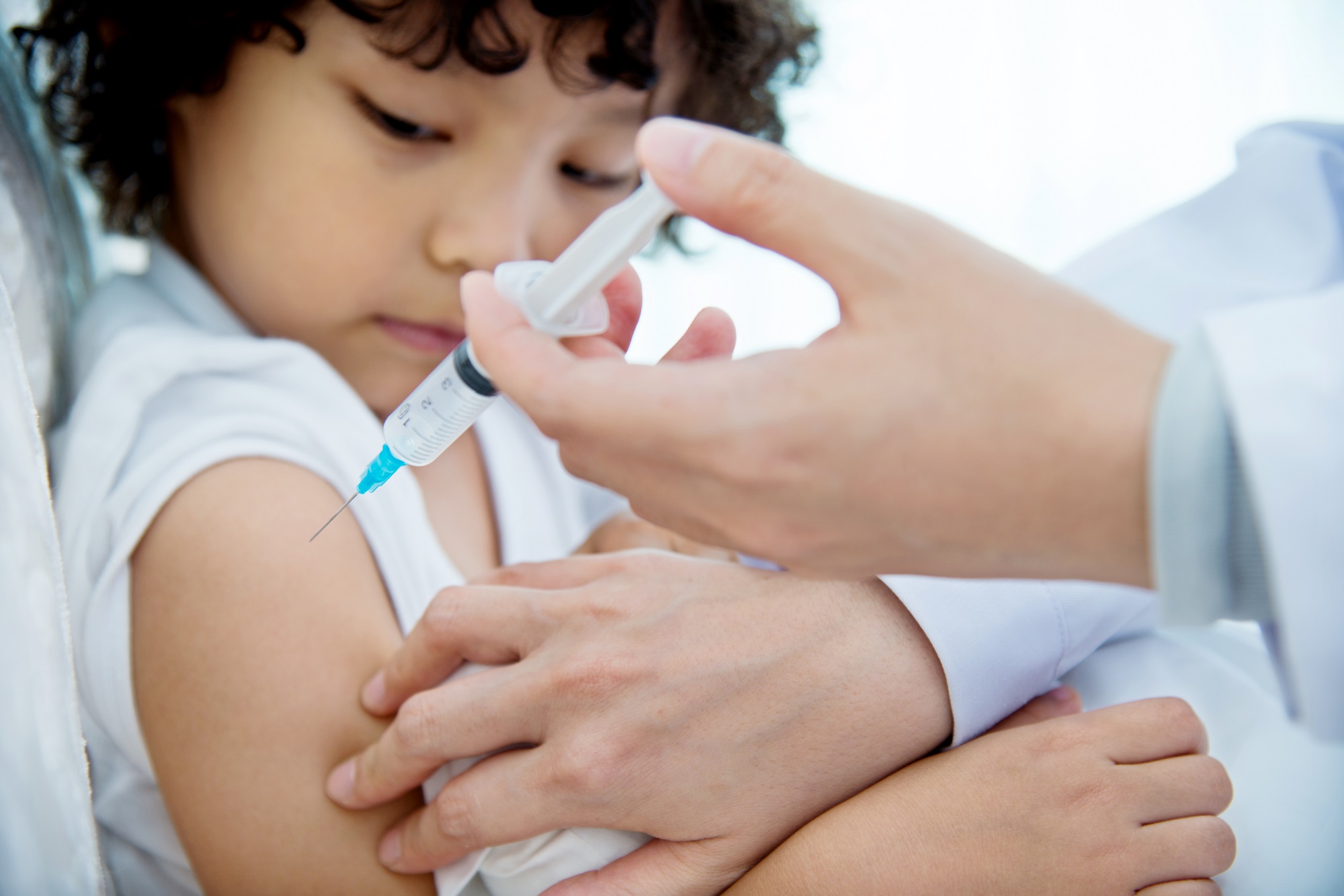January 21, 2020 (HealthDay News)
Data from activity and physiological trackers may improve prediction of influenza-like illness (ILI), according to a study published online Jan. 16 in The Lancet Digital Health.
Jennifer M. Radin, Ph.D., from the Translational Institute, Scripps Research in La Jolla, California, and colleagues examined whether population trends of seasonal respiratory infections could be identified through wearable sensors that collect resting heart rate (RHR) and sleep data. A total of 47,249 users in the top five states with the most Fitbit users were included. Sensor data were compared to weekly estimates of ILI rates at the state level by identifying weeks in which users exhibited elevated RHR and increased sleep duration above a specified threshold.
The researchers found that in all five states, Fitbit data significantly improved ILI prediction, with an average increase in Pearson correlation of 0.12 over baseline models, representing an improvement of 6.3 to 32.9 percent. There was variation in the correlations of the final models with the U.S. Centers for Disease Control and Prevention ILI rates from 0.84 to 0.97. In most cases, week-to-week changes in the proportion of Fitbit users with abnormal data were associated with week-to-week changes in ILI rates.
“As these devices become more ubiquitous, this sensor-based surveillance technique could even be applied at a more global level where surveillance sites and laboratories are not always available,” the authors write.
Copyright © 2020 HealthDay. All rights reserved.















Leave a Reply